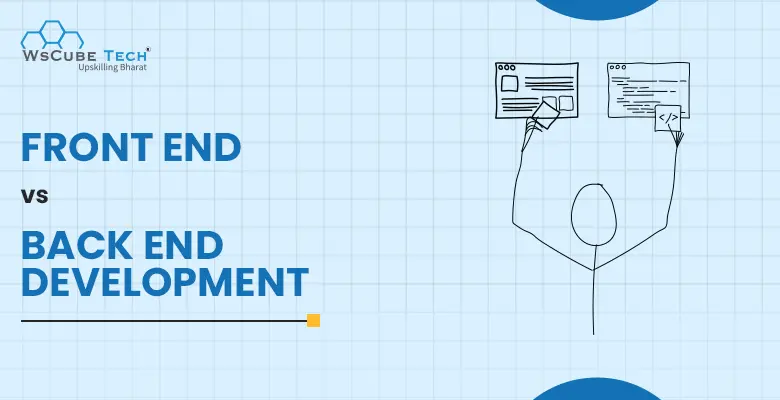Frontend and backend are two pillars of web development. It’s similar to the movie-making business. The front-end is what we see on the screen, while the back-end is where all the technical work happens like editing, lighting, etc.
Front-end and back-end web development are two different terms, and many aspirants need to choose one of the two initially as their area of focus. The former is what we see, while the latter is how everything works on a website. Each side of a website must work smoothly so that the entire website operates effectively.
- All the visual elements of a site or app that we see or experience are a part of the frontend, whereas all that happens behind the scenes are a part of the backend.
- We can interact with the front-end components of a website, such as the graphical user interface (GUI) and command line, which includes navigation menus, texts, videos, design, and images. On the contrary, we can’t see or interact with the backend side.
- Front-end languages are HTML, CSS, and JavaScript, while back-end languages include Python, Java, PHP, Ruby, etc.
If you are also planning to make a lucrative career as a web developer, you need to understand the difference between the two and choose your area of expertise.
In this blog, we have compared frontend and backend in detail, sharing the list of frontend and backend languages, frameworks, libraries, and other technologies.

What is Frontend Development?
Front-end development focuses on that part of the website that users see and interact with. It is also known as the client side of a website and includes everything that affects user experience, such as images, text colors, buttons, graphs, tables, themes, navigation menu, videos, etc.
User experience (UX) and user interface (UI) designers work with developers to bring a website to life by ensuring each visual and design element is placed correctly. They use HTML, CSS, and JavaScript languages for front-end development.
As we discuss backend vs frontend development, it’s important to know that both aspects have different goals. Front-end development has two primary objectives- responsiveness and performance. Responsiveness ensures that the website or app is compatible with all devices, and performance means that all elements must function properly.
Front-end developers create the following features:
- Graphics
- Symbols, circles, and arrows
- Content management
- Navigation design components
- Animated GIFs
Upskill Yourself With Live Training (Book Free Class)
Also Read: Is Web Development a Good Career? 2024 Guide
How does the front-end aspect of an application work?
Frontend of a website includes the graphical user interface (GUI) that users interact with directly, which includes design elements, graphs, navigation menus, buttons, etc.
There are three main programming languages that affect user interaction with frontend:
HTML is used to define the frontend structure and different DOM elements.
Cascading Style Sheets (CSS) styles the web app, including fonts, visuals, layouts, and colors.
JavaScript is used to add a layer of dynamic functionality. It handles fundamental user interactions, such as ensuring that the user has entered a valid email address or displaying a calendar. It passes more complex requests to the backend.
Front-end Development Languages
Another difference between frontend and backend is the languages and frameworks used. Below, we’ll discuss front-end development technologies, languages, and frameworks.
1. HTML
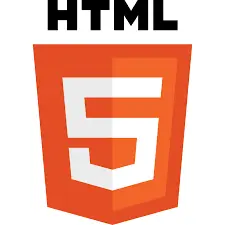
Hypertext Markup Language (HTML) is used to design the structure of a website. It includes images, texts, and hypertext that defines links between web pages. HTML enables users to navigate easily from one page to another and offers a user-friendly platform to format documents.
2. CSS

Cascading Style Sheets, or CSS, is a programming language used by developers to customize a website and make web pages more presentable. It includes fonts for texts, organizing texts, and color schemes.
3. JavaScript

JavaScript is a scripting language used to make a website more interactive by adding interesting elements and effects to the web page. It includes embedded media, animated images, and active content that improve the functionality of a website, especially for fun video games and web-based software.
JS is used in front-end and back-end development, which makes it one of the most sought-after skills for a successful developer.
There are several other front-end web development programming languages, and you can choose the best one depending on the framework. For example, React uses JS, Flutter uses Dart, and Django uses Python.
Front-end Frameworks and Libraries
Apart from frontend and backend programming languages, the frameworks and libraries used in both are also different. Take a look at some of the popular front-end frameworks and libraries:
1. AngularJS

AngularJS is an open-source framework used primarily for the development of single-page web applications (SPAs). It was introduced by Google in 2010, and the current version of this framework was released in 2016 to enhance the technology and overcome the restrictions of traditional frameworks.
Angular is constantly expanding and growing to provide better web application development methods. Similar to React, this JavaSCript framework is used for creating user interfaces.
2. ReactJS

ReactJS is another JavaScript library used to design user interfaces. It was developed by Facebook and has a huge community of contributors to ensure its consistent evolution. It is efficient, declarative, and flexible, with a shallow learning curve, which encourages beginners to learn it.
ReactJS is a component-based and open-source library that takes care of the view layer of the app. Moreover, it makes front-end development hassle-free, and its distinct feature is its Virtual Document Object Model (DOM).
3. Vue.JS

Are you familiar with Frakenstein’s monster? Do you know how to create a powerful result by combining the best bits of what was before? The Vue.JS is certainly an ideal framework for you. The team at React has leveraged the best aspects of earlier front-end frameworks to design this hyper-functional yet easy-to-learn framework.
4. Bootstrap
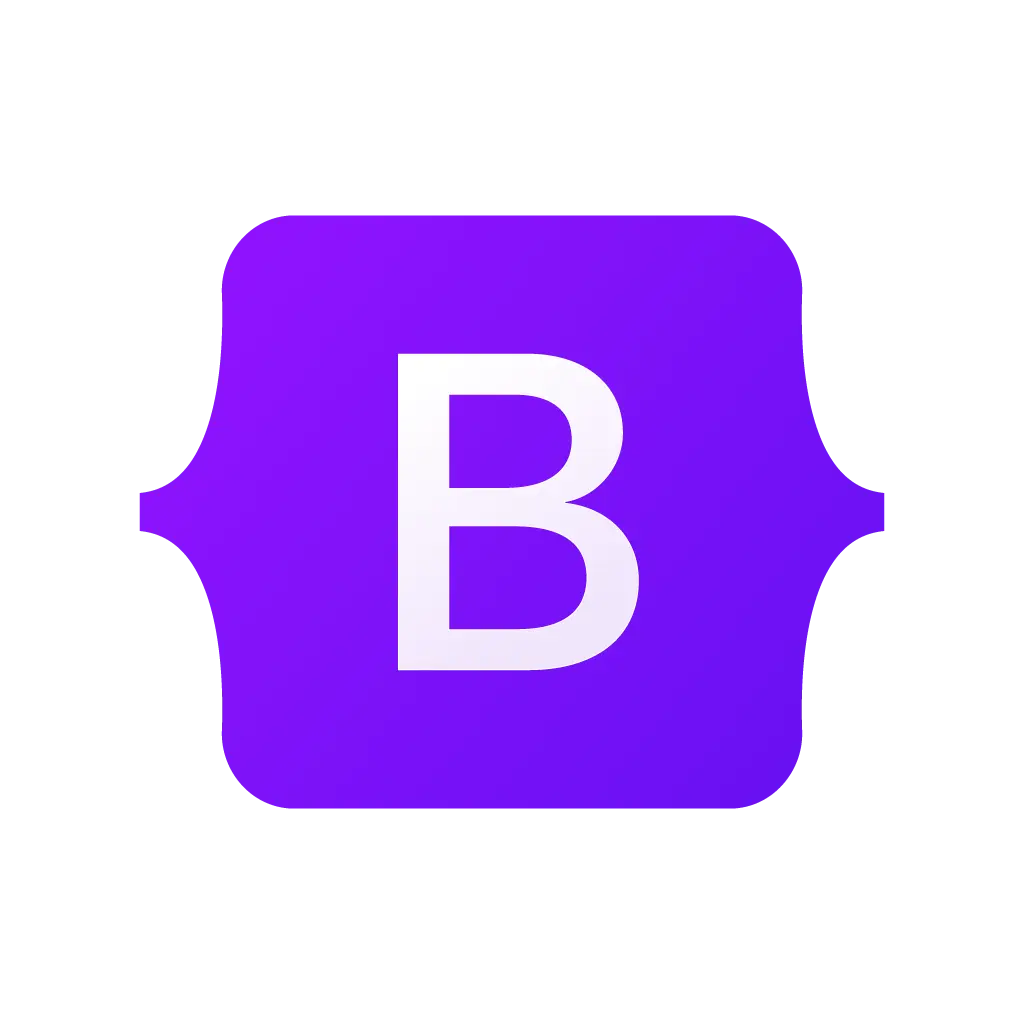
Bootstrap needs no introduction as it’s the most popular front-end framework. It is an open-source collection of tools used for building responsive websites and web apps. Developers rely on it for creating mobile-first and responsive websites.
5. jQuery
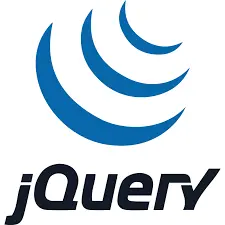
jQuery is also an open-source JavaScript library used by developers to simplify interactions between HTML/CSS documents, or Document Object Model (DOM), and JavaScript. In simple words, it is a compact, functional, and quick front-end development library that simplifies HTML document manipulation and traversing, event handling, browser event handling, Ajax interactions, DOM animations, etc. With jQuery, you need not write lengthy JS code.
6. SaSS

If you are looking for a mature, reliable, and robust CSS extension language, then SASS is for you. It extends the functionality of the existing CSS of a website, including inheritance, variables, and nesting, with ease.
Also Read: Top 20 Front-end Development Projects in 2024
Roles and Responsibilities of a Frontend Developer
Now, talking about front-end vs back-end developer, they both have different job roles and duties. The former ensures that users interact seamlessly with a website, mobile app, or software without facing any issues. They take care of all visual elements and perform the following tasks:
1. Client Interactions
Before developing a website, front-end developers have detailed discussions with clients to understand their requirements for the project. They listen to all the points clients have in mind and ask the right questions to avoid confusion.
2. Identify Issues
They also evaluate web pages and websites meticulously to identify any errors and fix them so that the site works as intended. The testing process includes assessing the functions and workings of each element that we see on a website, such as buttons, forms, videos, etc.
3. Design Visual Elements
For bigger projects, front-end developers also take care of digital designs, creating graphics, videos, images, and other visual elements on a site. They also select fonts, color schemes, photo placement, layout, forms, alignment, and other pieces to enhance the look and feel of a website.
They are responsible for interacting with project managers, clients, and other stakeholders who have a vision for a website or app. Their aim is to offer a memorable experience to users and provide powerful solutions to clients. Their other job tasks include:
- Securing and cleaning code
- Turning design ideas into reality
- Implementing changes in designs
- Managing workflow of an app
- Creating and maintaining UI/UX
Interview Questions for You to Prepare for Jobs
What is Backend Development?
To gain a fair understanding of front-end and back-end development, let’s now take a look at the meaning of backend development.
Back-end development means designing the architecture of a website, which is invisible to users. It involves all the behind-the-scenes actions that make a website engaging and dynamic. It is also known as the server side of a website, storing and arranging data and ensuring every element on the client side works fine.
Users can’t see or interact with the backend, and this side of the website has no direct contact with them. However, they access these backend elements through the frontend. It includes activities such as creating libraries, writing APIs, working with system components without UI, etc.
For example, when developers build a social media platform, they would need to design a single location to store users’ data. So, they will use the SQL server, MySQL, and Oracle databases as their data storage facilities. Although the database is the root of the backend, it also involves other aspects that we’ll discuss later. Users may not see the back-end portion of a website, but it must be accurate for the proper functioning of a website.
The following are the major components of backend development:
Server- They are used to share data and resources, process computations, and distribute work.
Database- It stores and organizes data.
Application- It is computer software to help users perform specific tasks.

Also Read: How to Become Backend Developer? 2024 Roadmap & Tips
How does the backend of an application work?
The backend is also known as the server side of a website that manages the overall functionality of a website or web app. Whenever users interact with any frontend element, a request is sent to the backend in the HTTP format to process the request and send the response. The backend interacts with the following components:
Microservices- They perform a subset of a task that the user has requested.
Database Servers- To modify or retrieve data.
Third-party APIs- To collect required information and perform additional functions.
The backend also uses different communication protocols and technologies to complete each request. Moreover, it handles multiple requests simultaneously and combines concurrency and parallelism techniques, such as distributing requests across various servers, caching, and data duplication.
Back End Development Languages
We have listed the most commonly used backend programming languages and technologies to help you understand different front-end and back-end languages.
1. PHP

PHP is an open-source programming language, which is most appropriate for back-end development because of its cross-platform compatibility. As its code is executed on the server side, it is known as the server-side scripting language. Its excellent features, such as cost-effective hosting services, adaptability, quick loading time, etc., make it a popular choice among developers for building, deploying, and managing the backend of a website.
Moreover, it comes with built-in support for different databases, such as MySQL and Oracle. PHP is platform-independent, so it can run on any operating system. As it is easy to learn, it is a great choice among beginners.
2. C++

C++ is a general-purpose, powerful programming language used widely for competitive programming. It is used for low-level programming and high-performance computing. It is also preferred for different backend purposes, including building network servers and other server software that demand low-level control and high performance.
3. Java
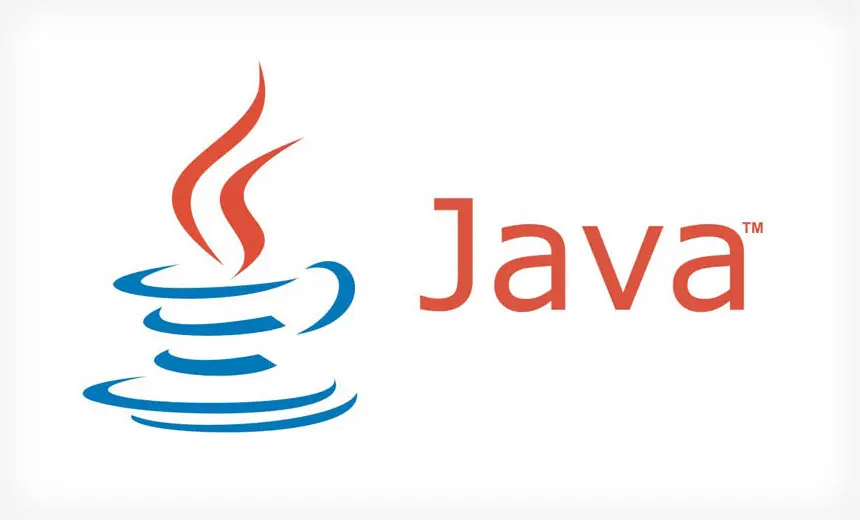
Jaa is another widely-used programming language with easily available components. It is highly scalable and a popular language to learn among beginners.
4. Python
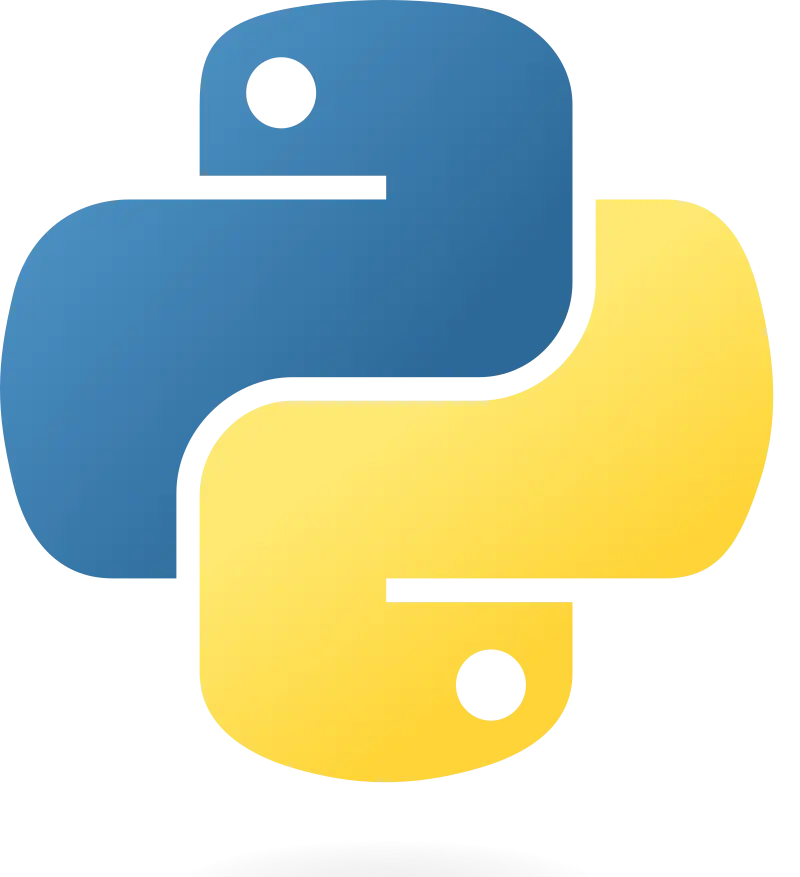
Python is a renowned name in back-end development that allows developers to work quickly and integrate systems efficiently. Its short learning curve, amazing development tools, universal nature, and mature frameworks make it one of the most sought-after languages for an array of web development use cases. Furthermore, Python is stable, intuitive, adaptable, and has a clear syntax, making it a crucial choice for data analysis, machine learning, and scientific computing.
5. Node.JS
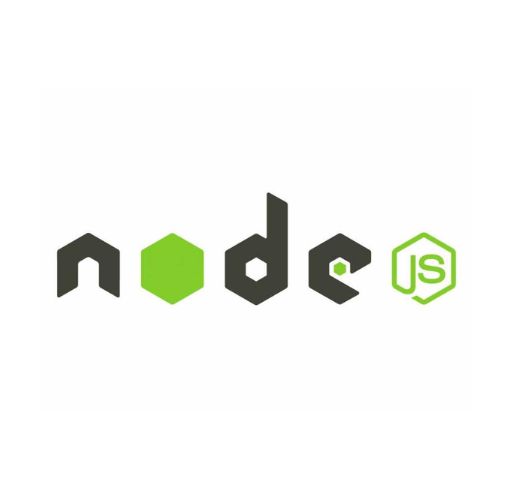
Node.JS is a cross-platform runtime environment used for executing JavaScript code outside a browser. It is not a framework or programming language. It is used to build backend services like APIs and is trusted by big companies, including Walmart, Paypal, Netflix, Uber, etc.
Back-End Frameworks
1. Express
Express is a well-known NodeJs framework used for server-side development for single-page, hybrid, and multi-page web apps. It helps developers manage different HTTP requests.
2. Django
Django is a Python framework that follows the model-template-views pattern. All the activities of Django are performed in Python, and there is an optional admin interface to help with reading, creating, updating, and deleting operations. Used to design large and complex web apps, it offers vital web development features, such as security, speed, and scalability.
It is a user-friendly framework used for pragmatic, seamless, and clean web designs. It is a preferred choice for feature-rich and database-driven websites. In addition, Django is known for less coding, maximum pluggability, more reusability, and quicker development. Established companies like Mozilla, The Washington Times, and Disqus trust Django.
3. Ruby on Rails
Ruby on Rails (RoR), also known as Rails, is a server-side web application framework that follows the model-view-controller architecture pattern. It is considered the best-performing web framework by many developers. It includes web pages, database default structures, and web services.
4. Laravel
Laravel is a PHP framework that uses the Model View Controller (MVC) architecture to build robust applications. It is regarded as a top web application framework by professionals for its outstanding features, especially reusable components. It offers a modular packaging mechanism and a specific dependency manager. There is also a range of ways to access relational databases, deployment tools, and application management. One can access its source code on GitHub.
5. Spring
Spring offers infrastructure support for Java apps and different frameworks, such as Struts, Hibernate, EJB, etc. Its extensions make Java app development faster and easier.
Other back-end programming and scripting languages include C#, Ruby, GO, etc.
Also Read: How to Become Full-stack Developer With No Experience? 2024 Roadmap
Roles and Responsibilities of a Backend Developer
Back-end development includes completely different functions than the frontend. Hence, back-end developers use a distinct set of tools and technologies to develop a website or web app. Their core responsibilities include creating, managing, testing, and debugging the back-end or server side of a website. When it comes to the job duties of front-end vs back-end web developer, there is a huge difference. Take a look at key aspects that back-end developers take care of:
1. Team Collaboration
Back-end developers may not work directly with clients or discuss their requirements; these professionals are part of a huge development team consisting of designers, developers, project managers, and more. Hence, they need to work on a specific skill set, which includes accepting criticism, collaborating, and delegating tasks.
2. Ensuring Website Functionality
Back-end development is more about coding so that a website can function smoothly. It involves developing logic and algorithms, databases, APIs, and other processes.
3. Streamlining the Process
Although keeping things simple is a better way to get things done, it’s not always a feasible option for back-end developers. Hence, they must streamline the process so there are fewer issues for clients and customers.
Other job duties include:
- Helping with database operations
- Back-end coding to build app architecture
- Including a framework
- Debugging and troubleshooting

Difference Between Front-end and Back-end Web Development
| Parameters | Frontend | Backend |
| Definition | Front-end development is all about visual components of a website or app that we see or interact with. | Back-end development includes the implementation of databases and other server-side assets. |
| Technologies | The front-end technologies include HTML, CSS, JavaScript, and front-end frameworks. | The back-end development includes programming languages, such as Python, PHP, Java, Ruby, APIs, |
| Independence | It can’t work independently of the back-end structure. | It works independently of the front-end structure. |
| Concurrency | Each user has a separate copy of an application, so there are no concurrency issues in the frontend. | The backend uses different strategies to handle multiple user requests at the same time. |
| Development Goals | Front-end development aims to create a fully functional, responsive, and well-structured user interface. | Back-end development aims to build a reliable architecture to support front-end development. |
| Frameworks | Angularjs, Reactjs, Vuejs | Django, Laravel, Ruby |
| Security | Users are mainly responsible for the security in front-end development. Front-end developers focus on user input validation and user authentication workflows. | Security is a major part of the back-end development as it protects databases, backend services, and the application itself. Developers ensure security through encryption, secure coding practices, and secure authentication systems. |
| Caching | Browsers or apps cache files from the app, using them to improve performance. | The back-end system caches files in different servers or in a CDN. |
| Development Skills | Front-end developers are proficient in HTML, CSS, and JavaScript. They use front-end frameworks to create visually appealing web pages. Also, they determine issues as they interact with the application. | Back-end developers are proficient in coding and database management skills. They are familiar with code security, application development tools, frameworks, and platforms. |
| Additional Skills Required | UI/UX design. | Analytical and problem-solving. |
Free Courses for You
FAQs About Front-end vs Backend Development
The main difference lies in their focus areas; frontend development is concerned with the look and feel of a site or app, while backend development is focused on the functionality, database management, and server-side logic that supports the frontend.
Yes, a developer who works on both frontend and backend is known as a full-stack developer. They have the skills and knowledge to handle the entire development process, making them highly versatile.
Frontend developers need to be proficient in HTML, CSS, JavaScript, and frameworks/libraries like React, Angular, or Vue.js. Skills in responsive design and understanding UX/UI principles are also important.
Backend developers should be skilled in server-side languages like Python, Ruby, PHP, or Java and understand database management systems such as MySQL, MongoDB, or PostgreSQL. Knowledge of server, API, and application logic is crucial.
Both are equally important. The frontend is vital for user engagement and experience, while the backend ensures the website or app functions correctly and securely. A successful project needs both to work seamlessly together.
Frontend and backend developers collaborate closely to ensure the user interface is effectively integrated with the server-side logic. They share insights, discuss functionalities, and ensure the seamless performance of the entire application or website.
Common tools include text editors (VS Code, Sublime Text), version control systems (Git), and frontend frameworks/libraries (React, Angular, Vue.js), along with design tools (Adobe XD, Sketch).
Backend developers often use server-side frameworks (Django, Express.js), database management tools (MySQL Workbench, MongoDB Compass), and testing frameworks (JUnit, Mocha) to build and maintain the server-side.
It depends on your interests and career goals. Specializing allows you to become an expert in one area, while being a full-stack developer offers versatility and a broader range of job opportunities. Both paths have their advantages.
Wrapping Up:
Understanding the unique roles and technologies involved in frontend and backend development is crucial for anyone entering the field of web development. Each has its unique challenges and rewards, and together, they create the dynamic and interactive websites that are essential in today’s digital landscape.
For those aspiring to master both realms and become versatile developers, a live online full-stack developer course by WsCube Tech offers a comprehensive pathway. This course equips you with the necessary skills and knowledge to navigate both frontend and backend development confidently, setting a strong foundation for a successful career in web development.
Read more blogs:



